In an episode of InsideEVs’ Plugged-In podcast, General Motors (GM) President Mark Reuss said that developing a pure electric Chevrolet Corvette “is not easy right now,” but “it can be done.” He identified battery weight as the biggest challenge because it directly affects the performance, handling, and balance that make the Corvette famous. The question for GM is not just whether it can be done, but whether it should be done at this time.
In that context, the strategy seems to be to go step by step: instead of rushing to commercialize the Corvette EV, GM prioritizes high-performance hybrid variants like the Corvette E-Ray, before considering full electrification when battery technology and energy management systems are more mature.
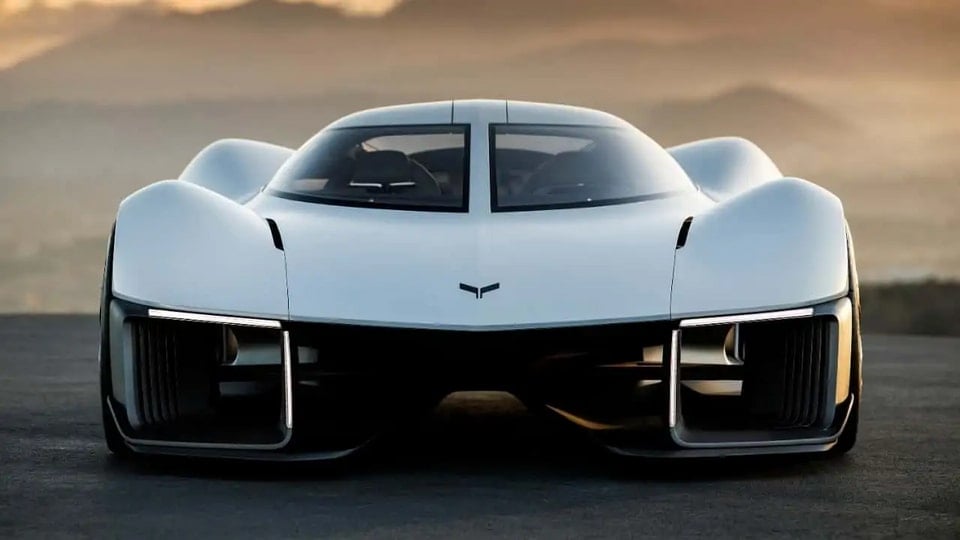
Corvette DNA in the electrification era: performance must go hand in hand with feeling
The Corvette is an American sports car icon, synonymous with balanced front-to-rear body proportions, responsive steering response, and steering feel. When it comes to electrics, the bottleneck is the heavy battery pack, which changes mass distribution and inertia, directly affecting agility at the limit. This is why the Corvette EV is technically “not easy,” as Mark Reuss shared.
While electric cars often have the advantage of instant torque for acceleration, a true sports car needs to be not only fast in a straight line, but also durable and refined on the track. The weight of the battery—and the demands on cooling and thermal stability—makes recreating the Corvette’s true character a complex optimization problem.
Design: cautious with concept, no commercial model yet
GM has shown several concept versions of an electric Corvette, but plans for mass production have not yet been implemented. This reflects a cautious approach: preserve core attributes before “bet big” on pure electric configurations. With sports cars, even small changes in mass and battery system layout can lead to overall adjustments in body proportions and aerodynamics. So until battery technology has reached the expected energy density and mass density, rushing into production does not bring much strategic advantage.
Cabin and driver experience: sound, gearshift and emotion
One notable aspect raised in the discussion was the emotional factor. Engine sound and gearshift experience – the “spice” associated with driving pleasure – are still difficult for electric cars to fully replicate. Corvette, more than anyone else, lives by that emotion. Electrification is therefore not just a matter of power, but also a story of how to maintain the typical sporty character in the cockpit.
On the flip side, electrification also opens up the opportunity to fine-tune ride comfort, throttle response, and traction control. The challenge is finding the balance between new technology and the emotional values that define the Corvette community.
Performance: straight line speed is not enough, weight determines rhythm
The biggest bottleneck today, according to Mark Reuss, is battery weight. High mass can alter balance, increasing inertia when changing lanes or entering/exiting corners at high speeds. In a performance sports car, where every percent of mass counts, this has a noticeable impact on steering feel and body responsiveness.
Even if electric motors deliver instantaneous throttle response, sustained lap-after-lap performance on the track requires efficient cooling of the battery and motor. Increased temperatures can cause the system to throttle back to protect the hardware, which can impact performance consistency. This is why many performance electric vehicles require sophisticated thermal management – not easy if you want to keep the overall mass under control.
With Corvette, the problem lies in how to “balance” between grip, braking and torque distribution to keep the body flexible properly. When the platform mass cannot be reduced significantly, hybrid options – like the E-Ray – become a compromise: adding electrification to increase performance, but still maintaining a certain level of familiar structure and feel.
Safety and assistive technology: waiting for official information
There’s no official word yet on advanced driver assistance systems or standardized safety ratings for the Corvette EV. GM is positioning the Corvette E-Ray as a high-performance hybrid, but specific safety tech details aren’t mentioned in the data source.
Price and Positioning: E-Ray is the move, EV needs timing
GM has not announced plans to commercialize the Corvette EV. According to GM leaders, the problem lies in the question of "should we do it or not" at the present time, when battery weight is still a big barrier. Therefore, the strategy seems reasonable to continue developing high-performance hybrid variants like the Corvette E-Ray, both exploiting the advantages of electrification and preserving some of the Corvette's driving experience heritage.
From a market perspective, this approach allows GM to maintain the Corvette's appeal in the performance sports car segment, while also creating the necessary lag time for battery and thermal management technology to advance a step further – at which point a mass-produced Corvette EV would have a more solid technical foundation.
Conclusion: A pragmatic move to preserve the Corvette's soul
GM’s information suggests that a Corvette EV is technically possible, but not yet mature in terms of technology and product positioning. Battery weight – which affects balance and driving feel – is the biggest barrier. Meanwhile, a high-performance hybrid variant like the Corvette E-Ray acts as a reasonable bridge, allowing Corvette to approach electrification in a way that is less compromising on its sporty identity.
Advantage
- Electrification opens up instant torque and the potential for good traction control.
- The hybrid approach helps maintain some of the Corvette's familiar driving feel.
- A cautious strategy avoids the risk of losing identity when battery technology is not ready.
Limit
- Battery weight is currently a major barrier for the Corvette EV, affecting performance and balance.
- Engine sound and gear shifting experience – emotional factors – are difficult to reproduce in pure electric vehicles.
- There are no mass production plans for the Corvette EV yet; details about safety technology have not been released.
As it stands, the Corvette E-Ray is a practical answer for now; the Corvette EV, however, will likely come when the battery mass and thermal management issues reach a level befitting a true Corvette.
Source: https://baonghean.vn/chevrolet-corvette-e-ray-buoc-dem-hop-ly-truoc-corvette-ev-10308872.html


![[Photo] Prime Minister Pham Minh Chinh receives United Nations Secretary-General Antonio Guterres](https://vphoto.vietnam.vn/thumb/1200x675/vietnam/resource/IMAGE/2025/10/25/1761390212729_dsc-1484-jpg.webp)
![[Photo] National Assembly Chairman Tran Thanh Man receives United Nations Secretary-General Antonio Guterres](https://vphoto.vietnam.vn/thumb/1200x675/vietnam/resource/IMAGE/2025/10/25/1761390815792_ctqh-jpg.webp)



![[Photo] Prime Minister Pham Minh Chinh and United Nations Secretary-General Antonio Guterres attend the Press Conference of the Hanoi Convention Signing Ceremony](https://vphoto.vietnam.vn/thumb/1200x675/vietnam/resource/IMAGE/2025/10/25/1761391413866_conguoctt-jpg.webp)

















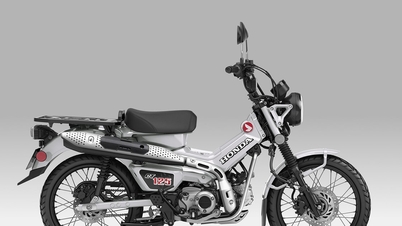
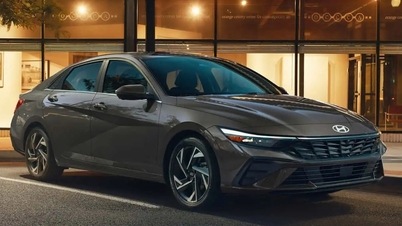
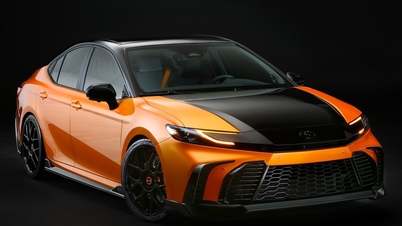


![[Photo] General Secretary To Lam meets with General Secretary and President of Laos Thongloun Sisoulith](https://vphoto.vietnam.vn/thumb/1200x675/vietnam/resource/IMAGE/2025/10/25/1761380913135_a1-bnd-4751-1374-7632-jpg.webp)





































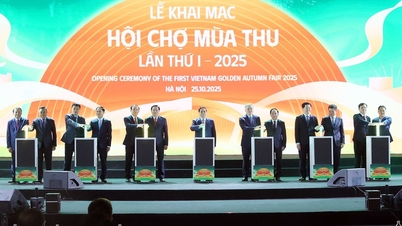








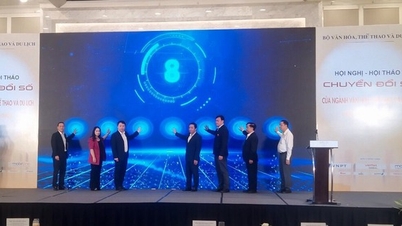






























Comment (0)